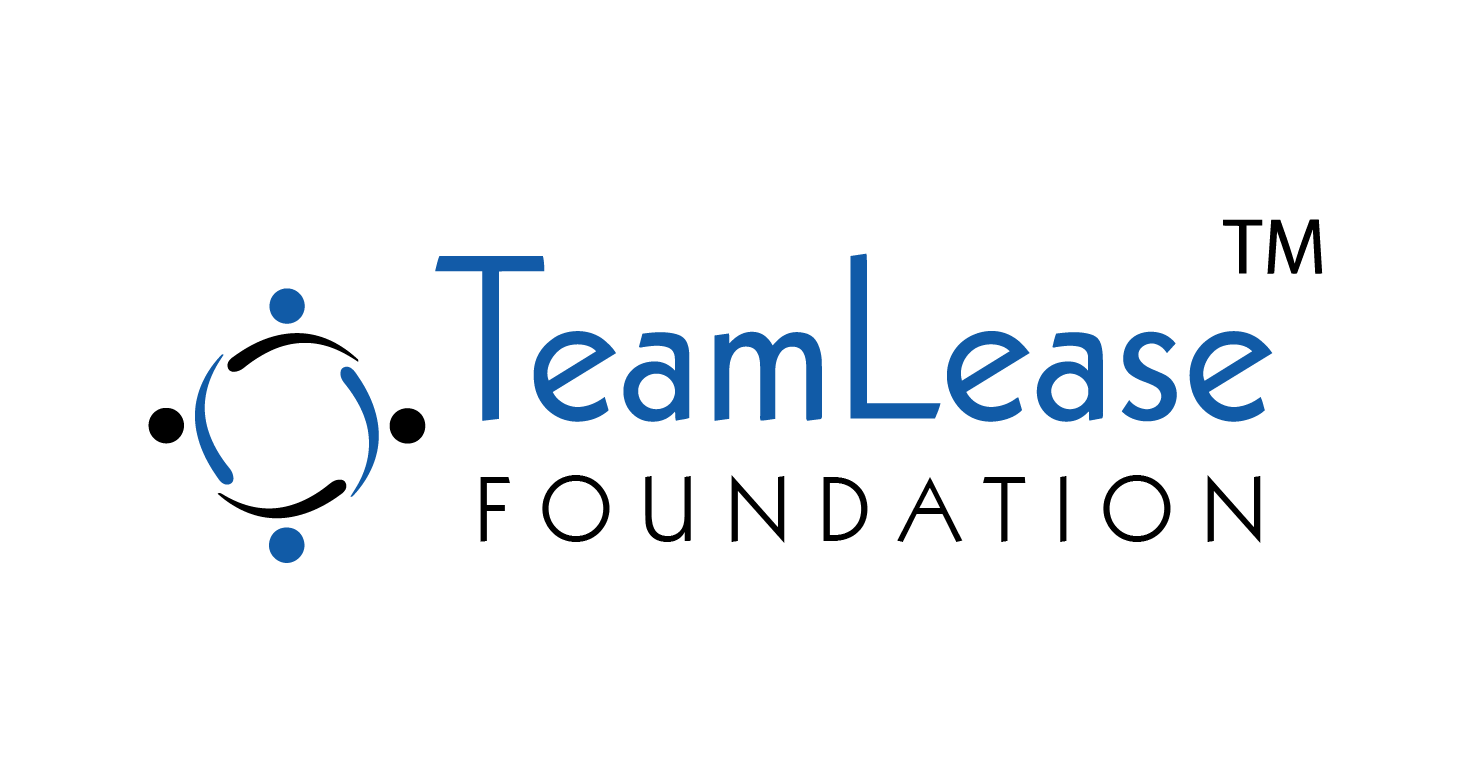There are many challenges facing policy makers and corporate India when it comes to improving female participation in the workforce. The available data itself throws up differing conclusions. For instance, a survey conducted by the National Statistics Office (NSO) reveals that against the global average of 47%, the female employment status in India is 32.8%. While this is low, it still represents a considerable growth from approximately 23% in the previous year (2020-2021).
Another report by the Center for Monitoring the Indian Economy shows that only 10% of working-age Indian women were either employed or actively seeking jobs in 2022. One of India’s leading automotive companies with deep, decade-long CSR experience across rural and urban India, put the figure at 23% - placing India 15 from the bottom on this metric.
The problems begin early - for instance, 22% of girls across India drop out of school before Class 2; and 44% before Std 10. By the time they reach employable age, they’re already less qualified than their male peers to enter the formal workforce.
Overcoming the challenges
Societal norms holding back women
For families, ‘allowing their daughters to work needs a buy-in from the entire community. One of the prime concerns is safety. Allowing young girls to migrate to cities for jobs feels unrealistic - particularly since entry-level salaries would barely cover the safe lodging costs in Tier-1 cities.
With this in mind, skilling programs should focus on getting women trained for local jobs, that do not require migration. For example, through a flagship CSR partnership with a leading heavy machinery firm, TeamLease Foundation has aimed to address the ‘demand-supply mismatch’ locally.
An extensive outreach program covering 125 polytechnics across Telangana attracted 300 applications, from which 11 deserving young women were selected for an apprenticeship embedded certification program. This covered various aspects of manufacturing at the shopfloor, followed by development of 21st Century skills. During this training, the students were compensated for their logistical expenses to ensure their family income wasn’t impacted. Today, the entire cohort of young women are successfully employed!
Also Read: How skilling can lower attrition amongst women
High drop-out rates
Measuring the impact of skilling programs just up to the placement stage would not reveal the true picture. This is because post-placement, many women drop out - at a rate higher than men. So impact is tracked over an extended period. For instance, TeamLease Foundation works in a supportive manner with those placed for months after they join - helping counsel them through teething problems, motivating them to take up the new challenges that demoralize them and helping them upskill on different social parameters to improve their confidence.
Another way to overcome early drop-outs is to truly understand the dreams and aspirations of the young women themselves, skill them in those fields and then when placed, retention levels are higher. Also, skilling for higher-paying jobs (versus entry-level) ensures motivation levels remain high.
In a landmark case, a leading automobile firm partnered with TeamLease Foundation to not just skill girls for ‘a job’; but for the “job of their dreams”. This involved shortlisting girls from underserved backgrounds, and sponsoring their entire pilot training. After successfully completing this challenging course, upskilling in key soft skills was also provided.
It’s been over a decade of continually learning lessons as we provided gainful employment to over 1,50,000 of India’s young people. We’ve discovered what works and what doesn’t. Which is why the TeamLease Foundation track record for placing women in the workforce bucks the national trend (depending on which study is being quoted, this ranges from 10% - 32.8%) and is currently 40%.
And of course, we’re aiming even higher – to make it an equitable 50%.






